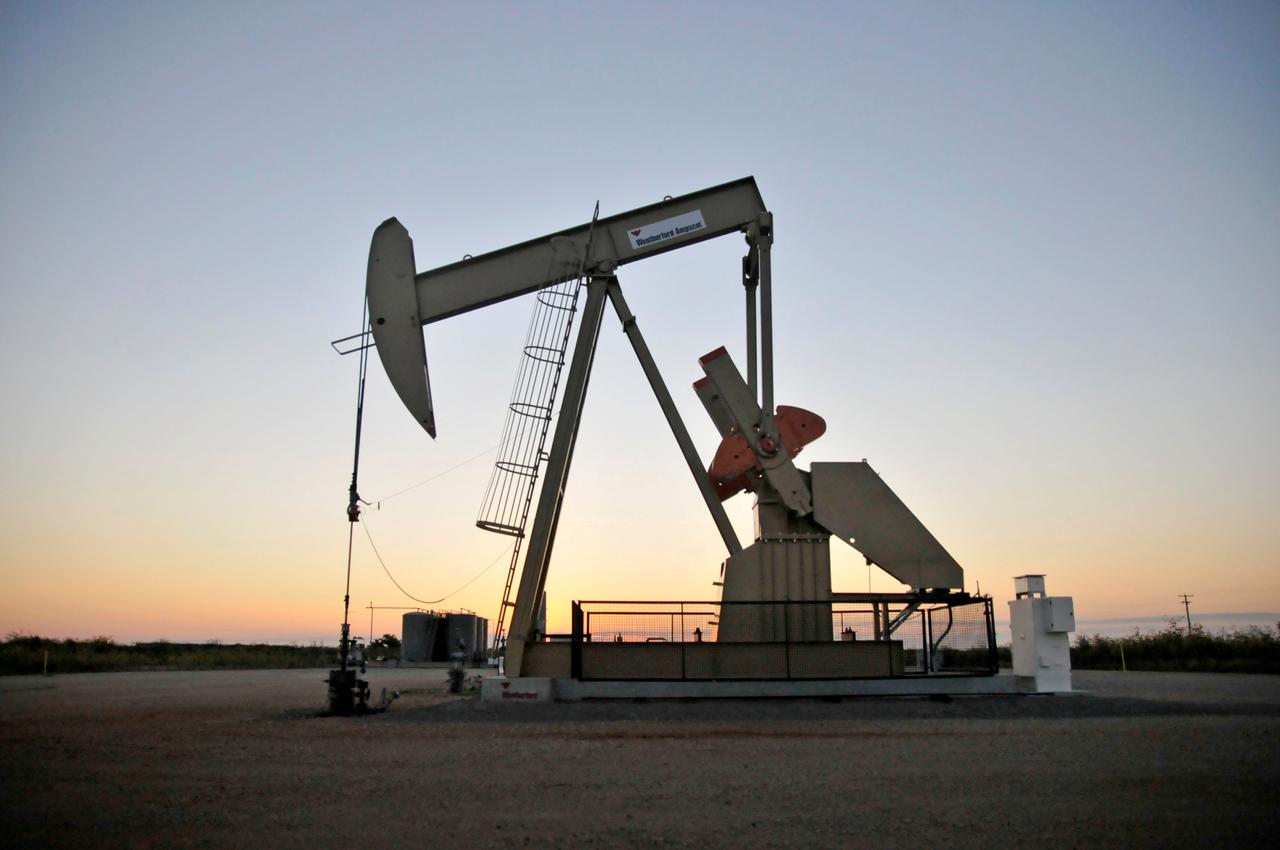
LONDON: Oil prices edged higher on Friday but were set to end the week broadly steady as sluggish economic growth in China, the world's biggest crude importer, raised concerns about fuel demand and countered optimism from the signing of a US-China trade deal.
The world's second-largest economy grew by 6.1% in 2019, its slowest expansion in 29 years, government data showed on Friday.
"A well-expected fourth-quarter China GDP rate (6%) provided little clue for oil price trading on Friday morning, and mounting downward economic pressure will perhaps limit oil's upside in the mid- to long-term," said Margaret Yang, market analyst at CMC Markets.
Brent crude futures were up $0.44 at $65.06 by 1014 GMT. US West Texas Intermediate futures were up $0.35 at $58.87 a barrel.
Oil rose on Thursday after China and the United States signed their Phase 1 trade accord.
The mood was further boosted after the US Senate approved changes to the US-Mexico-Canada Free Trade Agreement.
Surging Chinese demand as seen in refinery throughput figures offset the less positive economic growth data.
In 2019, Chinese refineries processed 651.98 million tonnes of crude oil, equal to a record high of 13.04 million barrels per day, and up 7.6% from 2018, government data showed. Throughput also set a monthly record for December.
"The increase in China's refinery capacity is reshaping the trade flows of refined products, while the increase in US crude oil production is reshaping the trade flows of crude oil," Olivier Jakob of consultancy Petromatrix said.
Forecasts by two major agencies of a surplus in supplies this year also weighed on prices.
The International Energy Agency offered a bearish view of the oil market for 2020 on Thursday. OPEC supply will exceed demand for its crude, the IEA forecast, even if OPEC member states comply fully with output cuts agreed with Russia and other producers in a grouping known as OPEC+.
The IEA view is somewhat reflected by the Organisation of the Petroleum Exporting Countries' (OPEC) own view which found non-OPEC supply this year growing by more than overall demand.
"If global oil demand continues at last year's weaker than normal 1% growth rate also in 2020 and 2021, then OPEC and its allies might be forced to switch strategy to 'volume over price' once again," Commerzbank said.
OPEC+ has been curbing oil output since 2017 to balance supply and demand and support prices.

































































COMMENTS
Comments are moderated and generally will be posted if they are on-topic and not abusive.
For more information, please see our Comments FAQ